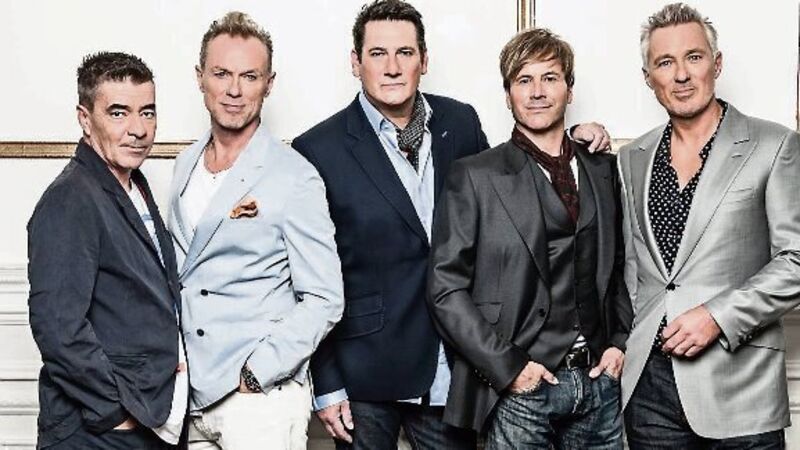Spandau Ballet cut a long story short

IT’S A strange thing when a beloved band reunites after a nasty, apparently terminal falling-out. A case in point are Spandau Ballet, the early 1980s ‘New Romantic’ cheerleaders who disintegrated amid a bitter court battle in the late ’90s only to regroup, seemingly stronger than ever, in 2009.
How to explain this unlikely turnabout? The prospect of a lucrative comeback tour undoubtedly played its part. But, as the group will tell you, and a fascinating new rockumentary confirms, for these poster-children of Thatcher’s ’80s, it was never simply about cold, hard cash. While the media painted them as pretty boys, as they saw it, they were a culturally significant force: the missing link between pop and rock, style and substance, art and commerce.











